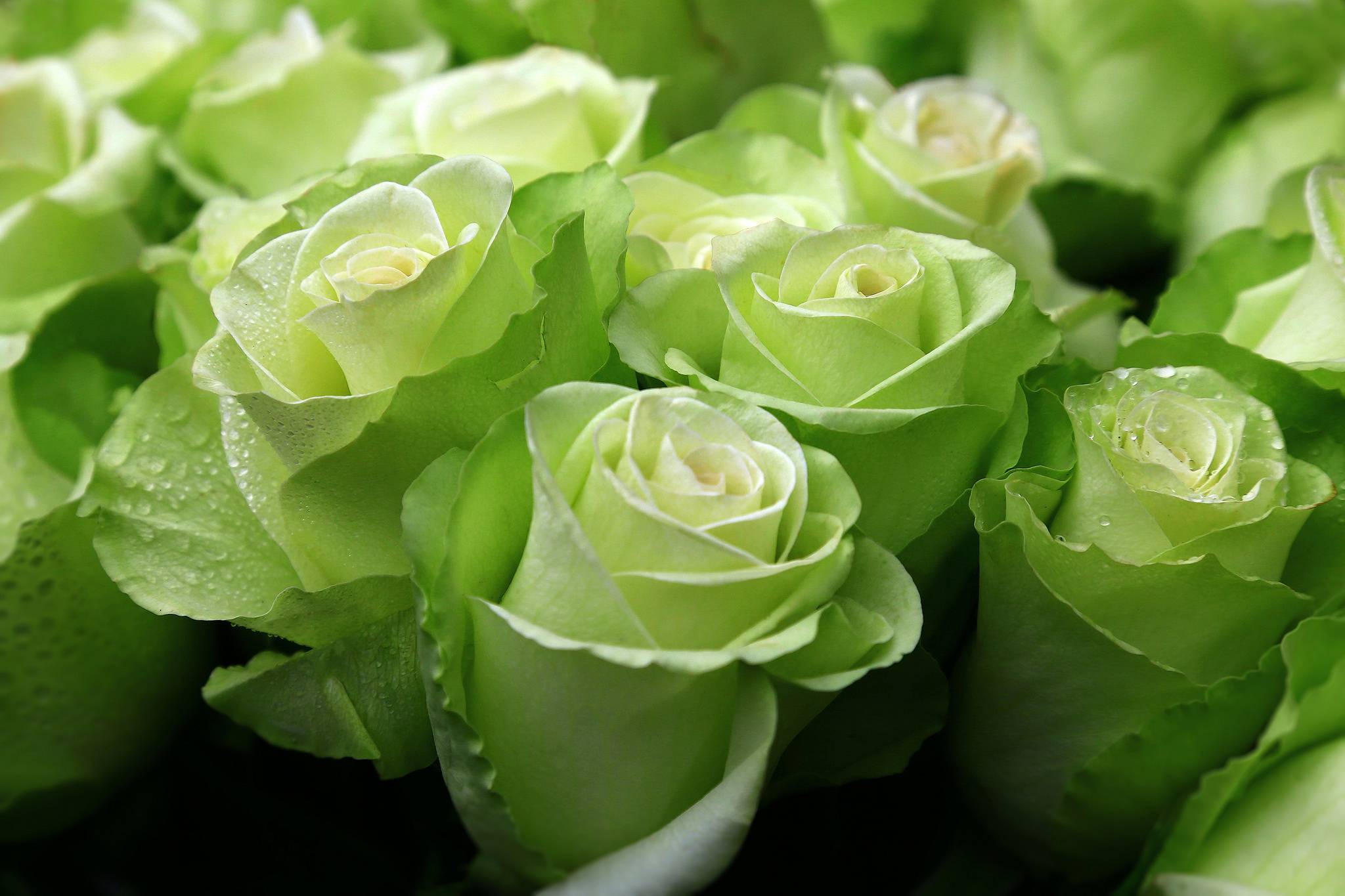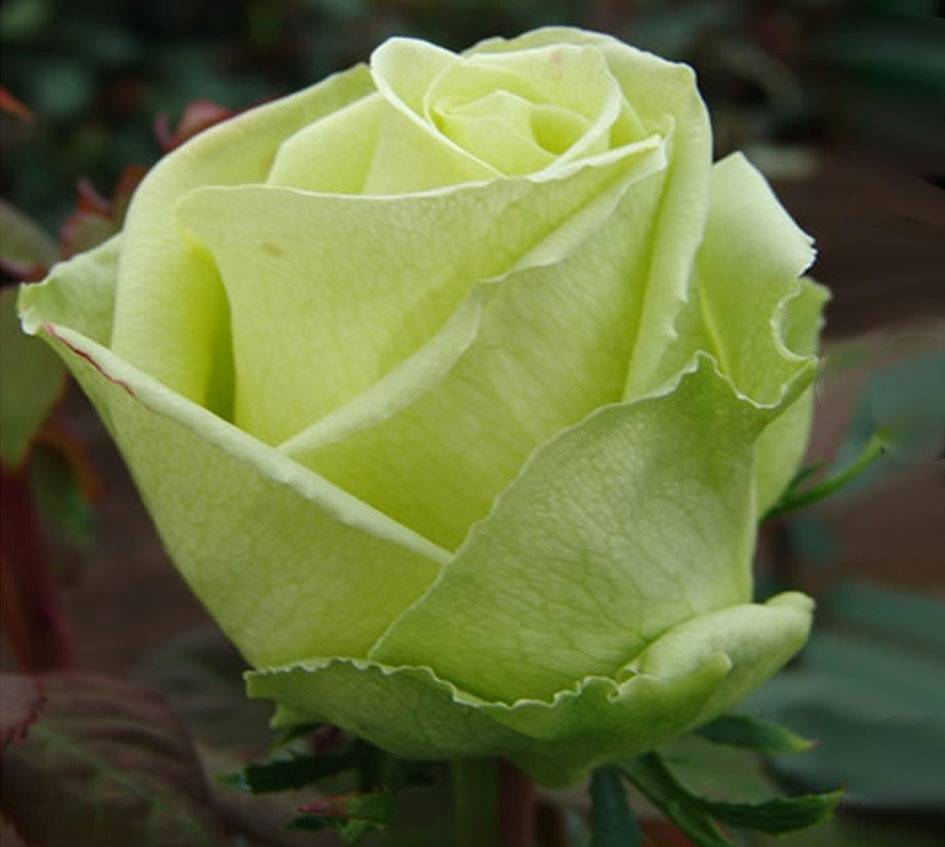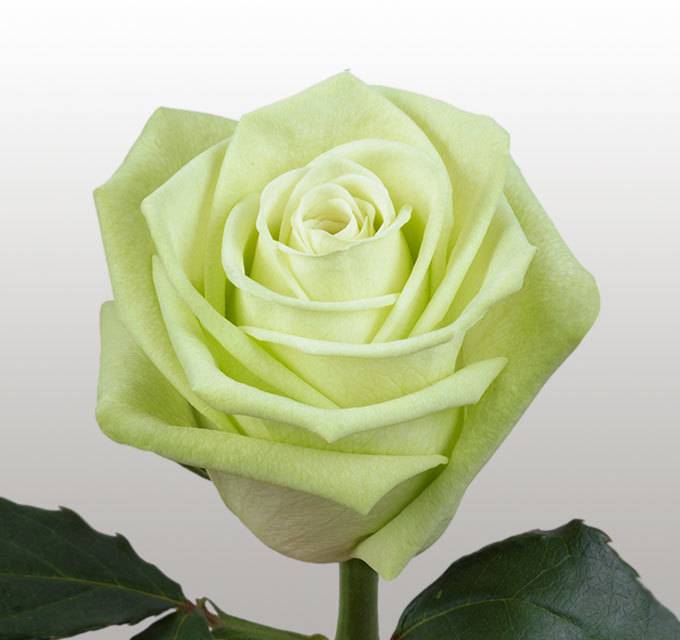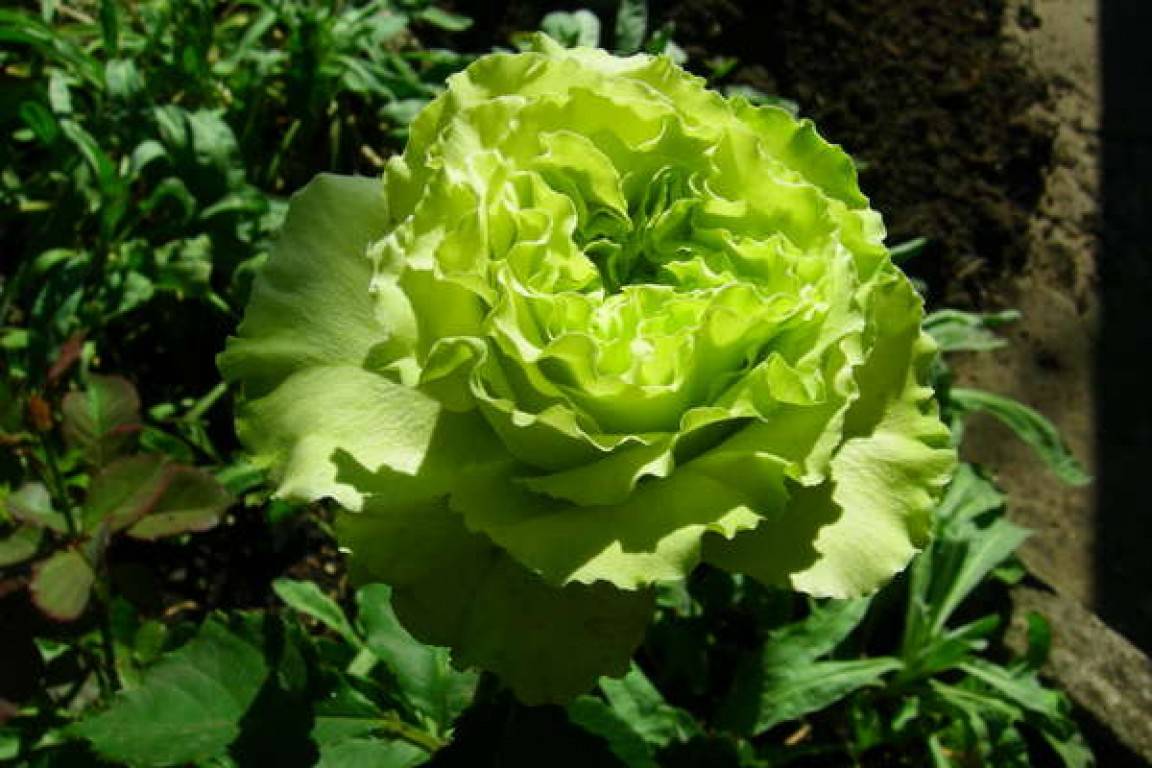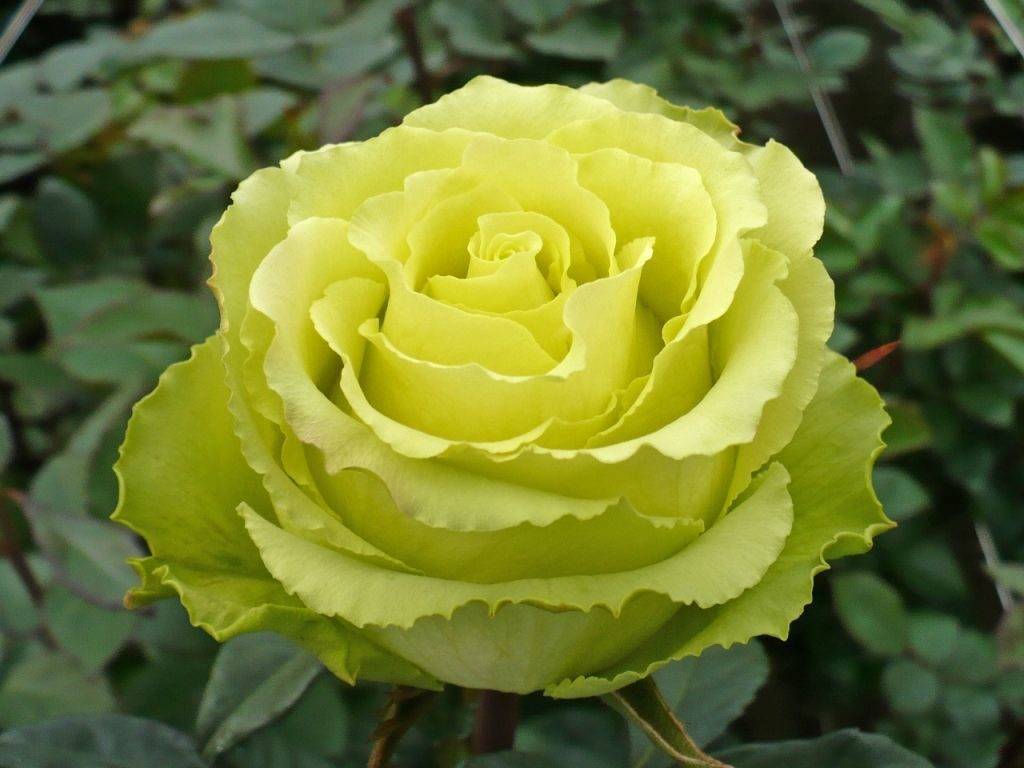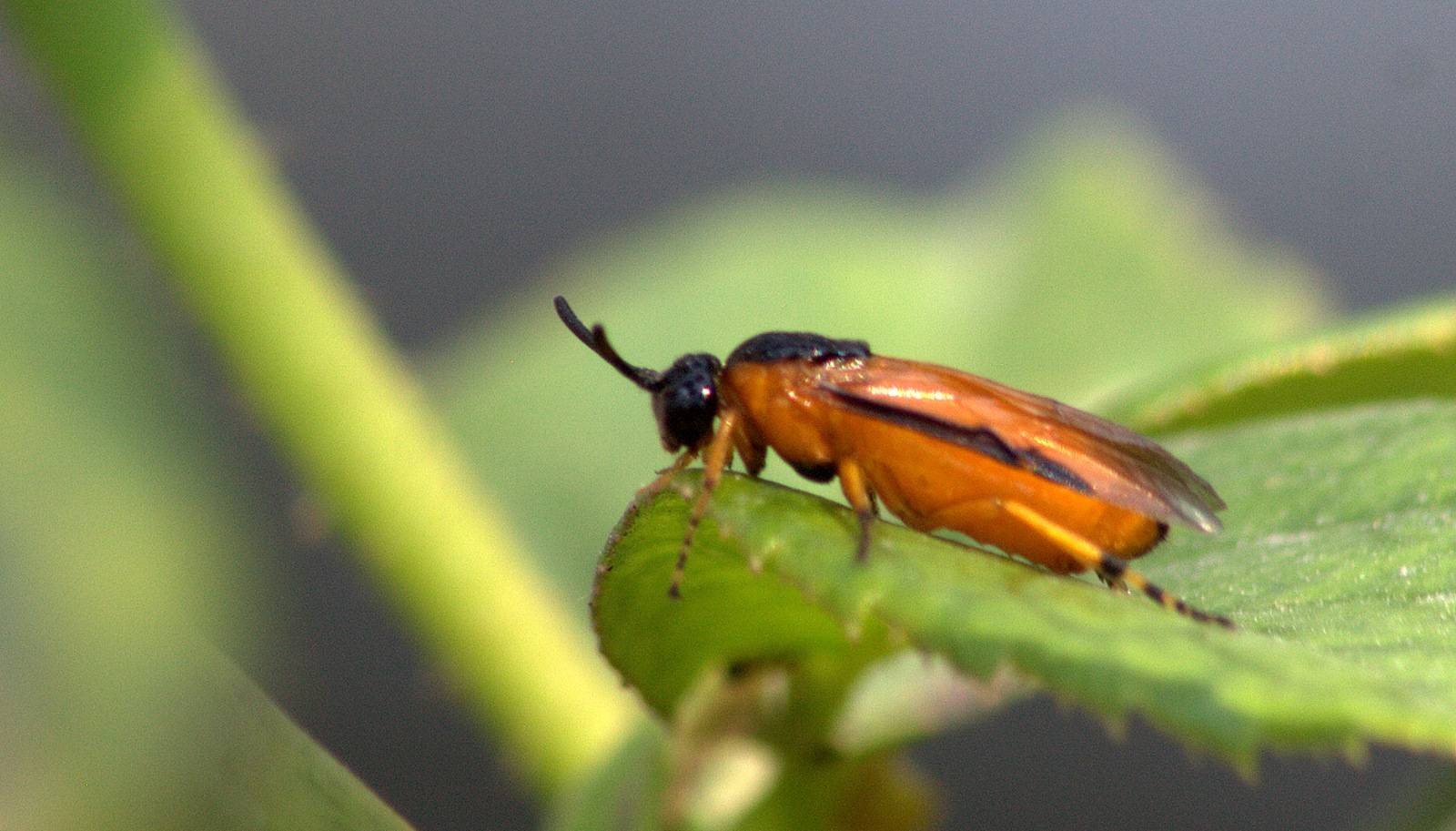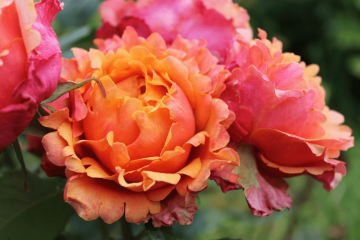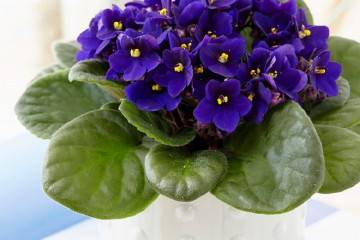Green rose - varietal variety, what are
Content:
Roses are the most common plants grown in garden plots. They serve as an excellent decorative design for a summer cottage or home. Currently, the choice of rose varieties is very large, but breeders do not stop at the achieved result. You won't surprise anyone with red, white and pink flowers. But the newly bred green rose, thanks to its sophistication and vibrant hue, is gaining increasing popularity and replacing traditional flower varieties.
Green roses: are there such and who brought them out
Although this variety is unfamiliar to many gardeners, in fact, green plant varieties have been around for quite some time, but only recently have they become successful. However, despite their attractive appearance, they have one drawback - the flowers practically do not smell.
The green flower owes its appearance to chance. In the 18th century. a Dutch breeder, while experimenting, put a stalk of a white rose on a thorn stump. As a result, a bush appeared, the buds of which were green. Later, it was combined with other varieties to obtain the ideal shape and shade of the petals in the hybrid.
Description of popular varieties
Today there are many varieties of this color. Therefore, when decorating a garden, flower growers have a lot to choose from. The most widespread are the following varieties:
Green ice
Rose Green Ice became so called due to the shade of the buds, reminiscent of cold ice. Its flowers are small, and the bush itself grows up to 50 cm in height. Therefore, it is often used as a green border. Buds in the process of blooming acquire a white-green color. Rose Green Ice has a subtle pleasant aroma.
Greensleeves
The name of the flower translates as "green sleeves". The bush of medium height reaches 70-85 cm.The leaves are dark green, the blossoming buds do not exceed 6 cm in diameter.
Green tea
This hybrid tea green rose is distinguished by abundant and long flowering. Dense terry petals of saturated green color.
Super green
The main feature of the species was the large number of petals in the bud. The light green color along the edges of the petals smoothly turns into a rich shade in the middle. With a relatively low bush (no more than 50 cm), the blossoming buds reach 10 cm in diameter.
Limbo
Limbo has lush, 10 cm flowers that have a subtle scent. The main feature of the species is its high frost resistance.
Wimbeldon
This is the tallest variety, which reaches up to 1 m. The buds have a rich green color with a red border around the edges of the petals. The variety is resistant to temperature extremes.
St. Patrick day
Hybrid variety with matte leaves and yellow-green buds. The diameter of the blossoming flowers is 7-9 cm.
Green diamond
A small variety that grows up to 50 cm. The variety has gained popularity due to its abundant flowering.Oval buds of a pink shade, blooming, are painted in a pale green palette.
Growing and care
Proper care is essential for vigorous growth and long-lasting flowering of the rose. Before planting it on your site, you need to familiarize yourself with the basic requirements for growing.
Watering and humidity
The green rose loves frequent and abundant watering. But it is necessary to ensure that an excess of moisture is not formed. To avoid this, the soil should be loosened regularly and checked for dryness. On average, it needs to be watered once a week. To keep the moisture longer, you can lay a layer of mulch around the bush.
Top dressing and soil quality
To plant a bush, you need ordinary garden soil. In addition, the plant needs systematic feeding. Fertilizers must be applied twice a month, with the first feeding performed 10 days after planting.
Pruning and replanting
Rose bushes should be trimmed only during decorative and sanitary processing. Dry, diseased and too elongated branches are subject to removal.
In case of insufficient soil nutrition or plant diseases, it must be transplanted. To do this, the bush, along with a lump of earth, is transferred to plastic wrap, the roots are examined for possible diseases. At the new landing site, a hole is made a little larger than a lump of earth. A rose bush is placed in it and carefully compacted.
Wintering a flower
Preparing a green rose for winter is an important step in growing it. For this, the bush is covered with a layer of mulch. Alternative covering material can be used instead. With the onset of warming, the shelter is removed.
Blooming rose
The blooming of the rose begins with the onset of spring, and the buds begin to bloom in early April. Flowers on the bush keep until the first frost, after which a dormant period begins. During the growing season, the plant needs to be fed and watered regularly. When the last inflorescences wither, they are pruned, and the rose enters the resting stage. At this time, the frequency of moisture and fertilization is reduced, and the bush is preparing for winter.
But sometimes situations may arise in which flowering is difficult or completely stops. This can mean the following problems:
- lack of sunlight;
- lack of mineral or organic fertilizers.
In such cases, it is necessary to transplant the plant to another location and provide it with a sufficient amount of fertilizing.
Flower propagation
Reproduction of a green rose can be done by seeds, dividing the bush and cuttings. The latter method is most common among gardeners.
To reproduce by cuttings, shrubs grown in greenhouse conditions are needed. Cuttings left over from last year must be stored under special conditions.
Harvesting of planting material is carried out in the spring. Young, strong branches are cut under the lower leaf and above the upper bud. The stalk should be 15-17 cm long and have at least 3 buds. The cut stem is planted in the ground at a slight angle and greenhouse conditions are created for it. After about 14 days, the first roots appear, after which the rooted branch is transplanted to a permanent place.
Diseases and pests
For green roses, diseases such as powdery mildew and rust are dangerous. To get rid of them, it is necessary to treat the plant with fungicides as soon as possible.
The most dangerous parasites for a flower are aphids and rose sawflies. To combat parasites, the bush is treated with insecticides, and the affected areas are removed.
Thus, knowing the basic rules of care, you can grow a rose of an unusual color on your garden plot, which will be an excellent decorative element of the garden plot.
